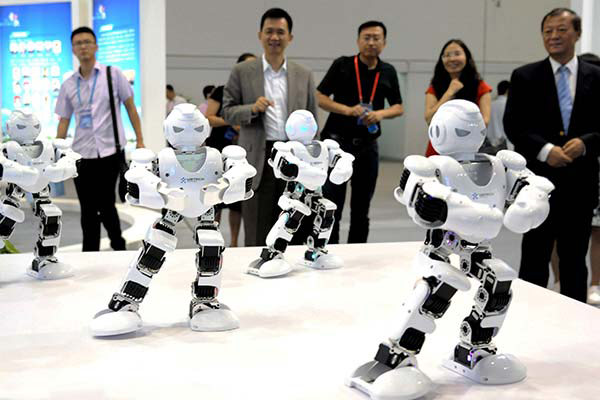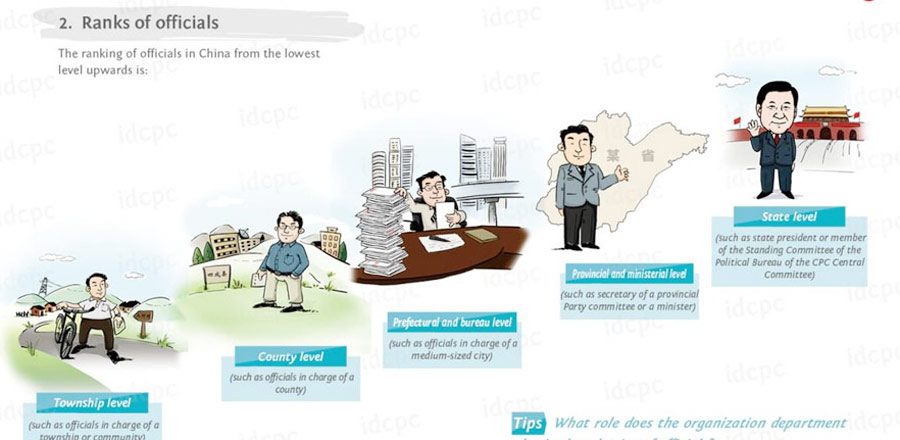
 |
|
Robots on display at an industry expo in Suzhou, Jiangsu province, on July 10, 2016.[Photo/Xinhua] |
Chinese robot makers posted faster growth in the output of industrial robots than did foreign brands last year, as the country looks to raise its robot-to-worker ratio to cope with labor shortages and rising salaries.
"In 2015, Chinese robot makers manufactured 22,000 units of industrial robots, up 31.3 percent year-on-year, a faster rate of increase than that of foreign brands' 12.5 percent rise during the same period," said Song Xiaogang, executive president and secretary-general of the China Robot Industry Alliance, and also vice-president of the China Machinery Industry Federation.
In 2015, sales of robots in the Chinese market reached 68,459 units, up 18 percent year-on-year. The number of more sophisticated multi-joint robots made in China grew 71.7 percent year-on-year, compared with the 12.5 percent growth of multi-joint robot sales in China, said Song.
But, Song noted that such an outstanding growth rate was based on the fact that Chinese brands accounted for only 15.1 percent of the total multi-joint robots, and up to 59 percent of the industrial robots sold in China are multi-joint ones.
Latest data from the International Federation of Robotics indicated that 69 percent of the robots in Chinese market were made by foreign brands, down from 75 percent in 2013 due to the rise of China's homegrown robot brands. China has been the world's largest industrial robot market since 2013.
According to the Internaitonal Federation of Robotics, China's robot density, that is, industrial robots per 10,000 industrial workers, also increased from 11 to 36 in the past five years.
Andreas Bauer, chairman of the industrial robot suppliers group of IFR, said he sees great potential for future growth as China's robot density is about half of the global average and in its neighbor South Korea, it has reached 478.
It is worth bearing in mind that the expansion of the robotics industry should be within the market demand, suggest Wang Weiming, deputy director-general of the industry equipment department of the Ministry of Industry and Information Technology.
"According to our survey, more than 40 robotics industrial parks were either finished or under construction by the end of last year, with more being planned. Meanwhile, the total number of sizable robot enterprises has exceeded 800, but some of them are merely doing low-end assembly or processing," said Wang.
The robotics industry development plan, issued by the central government in April, has drawn a blueprint for China's robotics industry. According to the plan, Chinese branded companies will manufacture 100,000 units of industrial robots by 2020, robot density is to exceed 150, and more than 3 internationally competitive robotics companies will be formed.














